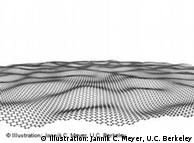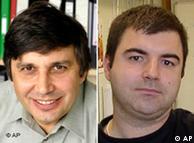"I think I've got the best job in the world - it's very satisfying to hope that your work will make a difference to the treatment of such a disabling condition."
Watch this inspiring video to see our work in neuroscience research helping to create more effective antidepressants.


從《哈利波特》看腦神經學
《哈利波特》大概是全球最暢銷的文學作品之一,究竟是什麼原因使它如此抓住讀者的心?許多人將之歸功於生動的寫作技巧,或是書中有趣的魔法。最近柏林自由大學針對人們在閱讀小說時產生的感覺進行腦神經學的研究,試圖分析某些故事特別引人入勝的原因,即以《哈利波特》做了實驗。
研究人員找來受試者,分別給他們閱讀《哈利波特》系列的兩個段落,分別是第一集中反派佛地魔在森林中首次出現的場景,與最後一集中哈利悠閒地坐在家裡看報紙的場景,他們發現第一個段落顯然讓讀者更能夠進入故事,並且情緒被影響的也更多。
研究團隊稱這種透過閱讀所引起的情緒為「fiction feeling」,並聲稱包含某種程度的恐懼、緊張的情節較易使讀者產生 fiction feeling。藉由腦部掃瞄,他們也觀察到這樣的閱讀經驗與腦神經的活動之間有很高的聯繫,因此他們發展出一套假說,認為情結可怕的文學描述使人參與感更高,是因為其中包含情感方面的腦神經系統運作。
這項研究結果也許是一個好的開端,但學界也對此假說提出質疑。The Neurocritic 網站形容這是一個「令人印象深刻」的研究,不過他們認為研究人員沒有為這個假說提出有力的證據。柏林自由大學的研究團隊在進行腦部掃描時,確實只觀察到所謂fiction feeling 與大腦中「扣帶皮層」的關聯,不過同與情緒作用相關的「島葉」卻沒有顯示支持實驗結果的變化。
更進一步,The Neurocritic 提出一個研究過程的問題,人們在閱讀時要開始產生身歷其境的感覺至少要持續閱讀幾十分鐘,而此研究只針對受試者讀了四行文字之後所產生的腦神經變化做依據,這樣的數據似乎不太可靠。
另外,這個研究的結果也許只能適用於實驗所使用的讀物材料:《哈利波特》系列。研究結果只能證明:「在閱讀《哈利波特》系列時,讀者會因較緊張的段落而刺激腦神經系統運作進而產生身歷其境的感覺」,而不能證明團隊一開始提出的假說。
不管怎麼樣,這個實驗終究還是開啟了閱讀時的情緒反應與腦神經運作之間的相關性研究,相信會鼓勵日後更多的類似研究,不過以目前來說,大家還是傾向相信那些暢銷作品的秘密不是科學,而是「魔法」。
文字:于念平
新聞出處:來源
圖片:來源












